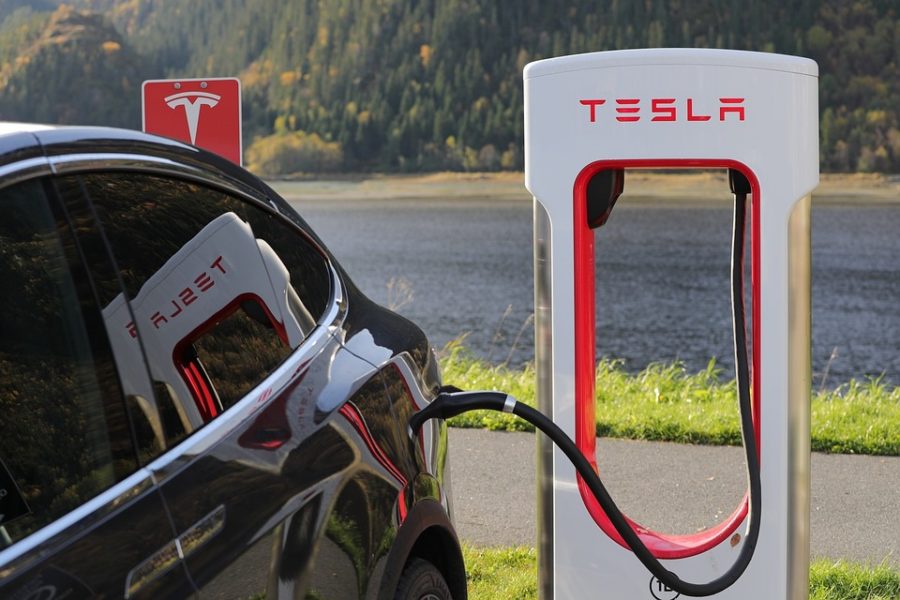California implements total ban of gas-powered cars by 2035
An electric car.
In September, the California Air Resources Board (CARB) approved new regulations that require 35% of new cars sold in the state to be electric vehicles by 2026 and 100% by 2035. Although the Environmental Protection Agency (EPA) still “needs to sign off on California’s plan,” it is very likely that they will do so, considering the EPA is a strong proponent of swift action against climate change.
This marked a significant victory in the battle against climate change for many activists; such a dramatic shift in the nation’s largest auto market will undoubtedly have profound impacts on the rest of the country. With California’s regulations being approved, it is likely that states will be able to roll out new laws at a more rapid pace regarding climate change.
In fact, in the days following the new regulations approved by the CARB, officials in states like “Washington, Massachusetts, and Virginia have [also] discussed their intentions” to reduce carbon emissions by formulating plans of their own. For example, Washington’s governor, Jay Inslee, tweeted that he is “ready [for Washington] to adopt California’s regs by the end of this year.”
Earlier in September, a similar climate bill was signed into law in Massachusetts, which also directed the state to follow California’s lead in phasing out gas-powered cars (Boston Globe).
But what caused California to be a leader in taking action against climate change?
It all began with the federal Clean Air Act, which allowed California to “set more stringent emissions standards than those implemented by the federal government.” Under the law, “other states get to choose between rules set by California or those set federally” (Smithsonian). Historically, “some 16 states have opted to adopt California’s standards, and if all of them follow suit, a gas-powered car ban would apply to roughly a third of the United States’ auto market” (Smithsonian). Additionally, the new federal Inflation Reduction Act included record amounts of funding for measures aimed at halting climate change. Under the IRA, individuals would be eligible for tax credits if they were to buy an electric vehicle.
Due to these two pieces of legislation, electric vehicles make up 16% of new car sales in California and 5.6% of new car sales in the US.
However, the ban is not without its challenges. Automakers have expressed concerns, as it is hard to envision how California could carry out the ban within one decade. Currently, there are not enough raw materials to construct enough electric cars; demand could potentially be greater than supply, and even more importantly, there are not enough charging stations for everyone to have an electric vehicle. These are just some of the most basic issues that still have to be figured out before the total ban can truly become a reality.
For now, all we can do is wait to see how the future unfolds and see how policymakers address these fundamental problems.
Your donation will support the student journalists of Dublin High School. Your contribution will allow us to purchase equipment and cover our annual website hosting costs.

Summer joined the Dublin Shield to improve her writing skills but stayed for the friendly community and warm staff. It is Summer's fourth year on...



































